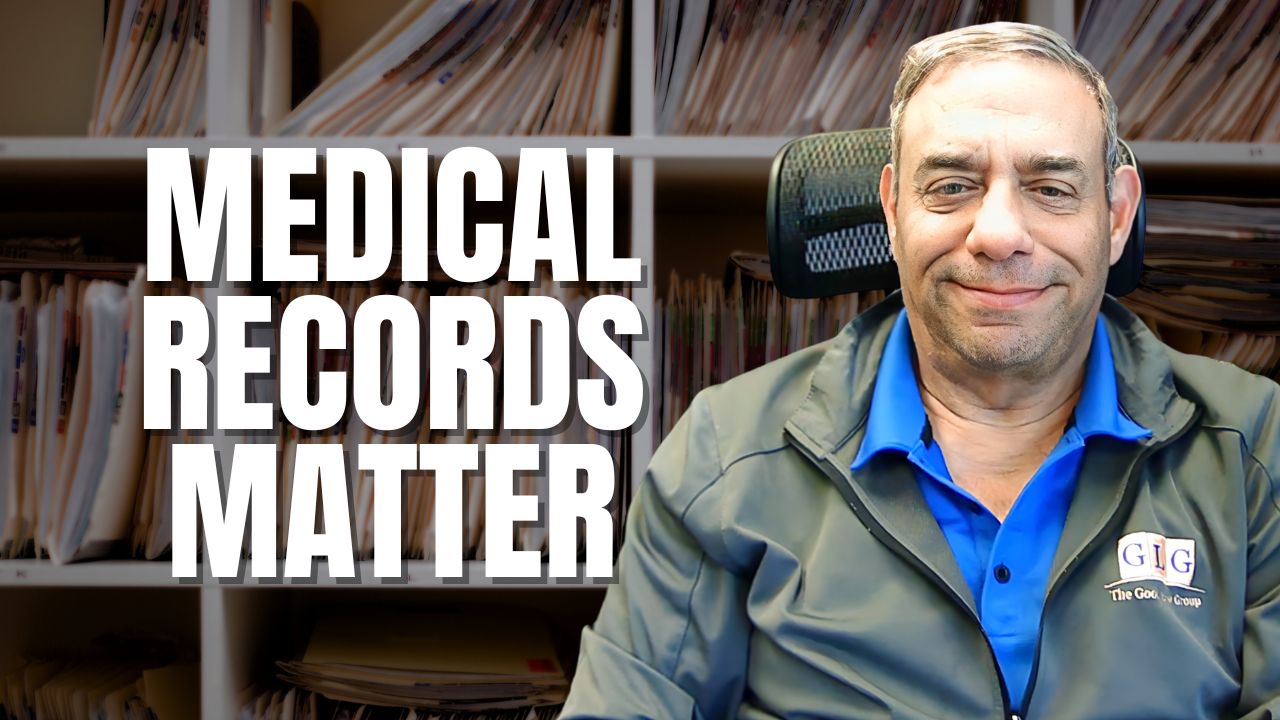The Most Important of SSDI Benefits: The Monthly Payment
Social Security Disability Insurance (SSDI) is a federal benefits program that makes monthly payments to individuals who are unable to work due to a disability. Benefits are paid only to individuals whose disability lasts, or is expected to last, at least 12 months or result in their death. Monthly benefit amounts vary, but in 2022 the average payment is $1,358 for an individual, or $2,383 for individuals with a spouse and at least one child.
Depending on whether you have other sources of income, such as a spouse who works, that monthly benefit may not be enough to live on. Thankfully, there are other benefits that SSDI beneficiaries may be eligible to receive.
10 Additional SSDI Benefits
1. Medicare
SSDI recipients are automatically enrolled in Medicare once they have received SSDI payments for 24 months. Enrollment includes Medicare Part A, which covers hospitalizations, and Part B, which covers doctor’s visits.
Medicare Part C, which lets recipients choose healthcare coverage through a Medicare-approved private company, and Medicare Part D, which covers prescriptions, are optional programs. Because these are optional programs, enrollment is not automatic. If you receive SSDI benefits and want to participate in Medicare Part C or Part D, you will have to enroll on your own.
Medicare recipients are responsible for co-pays and there are deductible requirements. Some states have programs that cover some or all these costs for certain SSDI recipients. Contact your state welfare office to determine your eligibility for such programs.
2. Supplemental Security Income
SSI is a federal benefits program for low-income individuals who are blind, disabled, or age 65 and older. The monthly SSI benefit in 2022 is $841 for an individual, and $1,261 for a married couple.
Unlike the SSDI program, SSI has very strict income and resource requirements recipients must meet and maintain to be eligible, on top of the general eligibility criteria. You can meet SSI’s aged, blind, and/or disabled criteria but still be ineligible for SSI benefits if you exceed their income and resource limits. In 2022, to be eligible for SSI your income cannot exceed $841 per month ($1,261 for a married couple) and you cannot have more than $2,000 in resources ($3,000 for a married couple). Watch our video to learn more.
3. Workers’ compensation
Individuals who are injured on-the-job may be entitled to workers’ compensation. However, receipt of both workers’ compensation and SSDI will reduce your monthly benefits if the combined value of both benefits exceeds 80% of your current average earnings. The reduction will equal the difference between your total monthly benefits and 80% of your current earnings.
This reduction can be avoided if the workers’ compensation award includes spread language. This will “spread” the workers’ compensation payment out over the employee’s lifetime, rather than paying it in one lump sum.
4. Public disability benefits
5. Private disability benefits
6. COBRA
7. Family benefits
8. Survivor benefits
If you die while receiving SSDI benefits, certain family members may be eligible to receive survivor benefits. This includes your surviving spouse, children, or parents (if they were dependent on you at your death).
9. SNAP
10. Other benefits
Other benefits available to SSDI recipients aren’t monetary in nature. Instead, they preserve eligibility for other benefits or maintain eligibility for SSDI benefits. Some of these include:
- Preservation of Social Security Retirement Benefits: Gaps in your employment history can lower monthly social security payments when you retire. Fortunately, the Social Security Administration implements a “disability freeze” for SSDI recipients, so it won’t hold any employment gaps due to disability against you. When you retire, your SSDI benefits will convert to social security benefits; for most beneficiaries, the amount remains the same.
- Preservation of Long-Term Disability (LTD) Benefits: Many private benefits programs typically require recipients to apply for all benefits programs they may be eligible for, including SSDI. If this is the case with your LTD program, don’t worry – it won’t result in a reduction of benefits, though it may change how those benefits are paid.
For example, if you receive $1,500 a month in LTD payments, and are awarded $1,300 in SSDI benefits, the private disability program will make up the difference by paying $200 a month, so your total monthly benefits still equal $1,500. If your monthly SSDI benefit exceeds the LTD benefit, you’ll receive only the SSDI benefit.
- Return to Work Benefits: The SSA’s Ticket to Work program provides employment services to SSDI recipients to help them decide if a return to work is possible and to help them gain skills to find suitable employment. Individuals who participate receive employment-related services, such as career counseling, vocational rehabilitation, and job training. Individuals who participate in this program continue to receive SSDI benefits.









